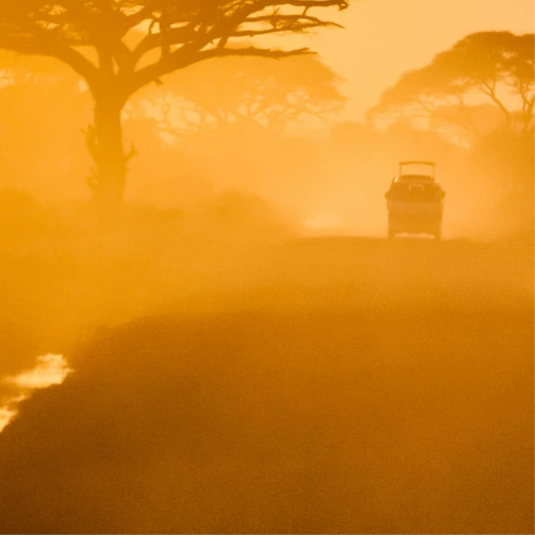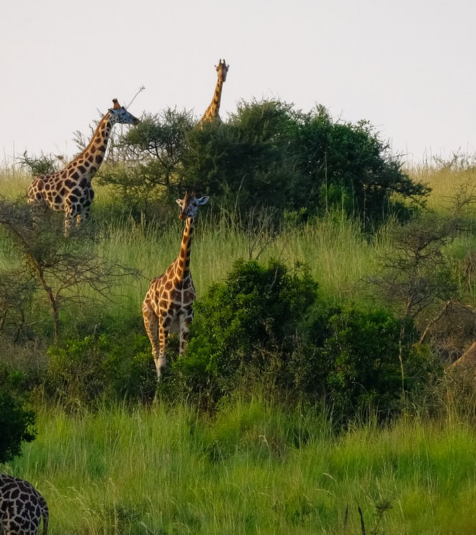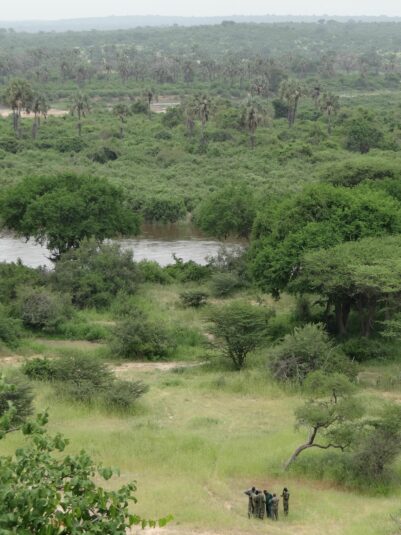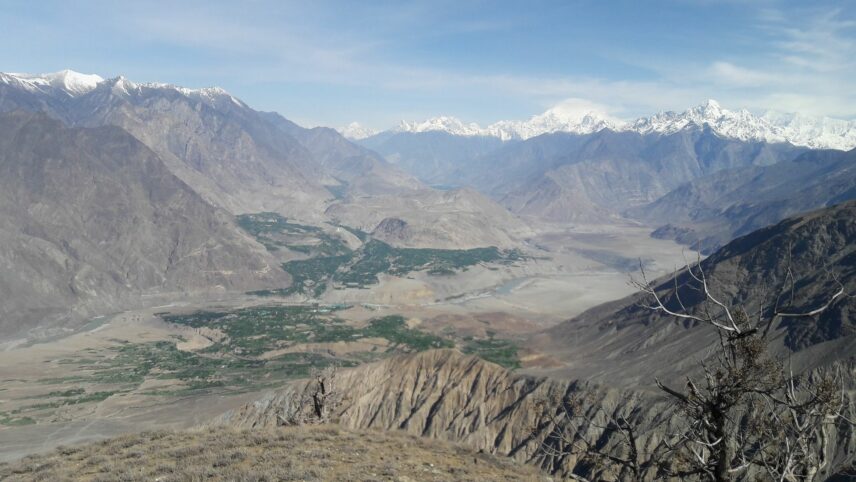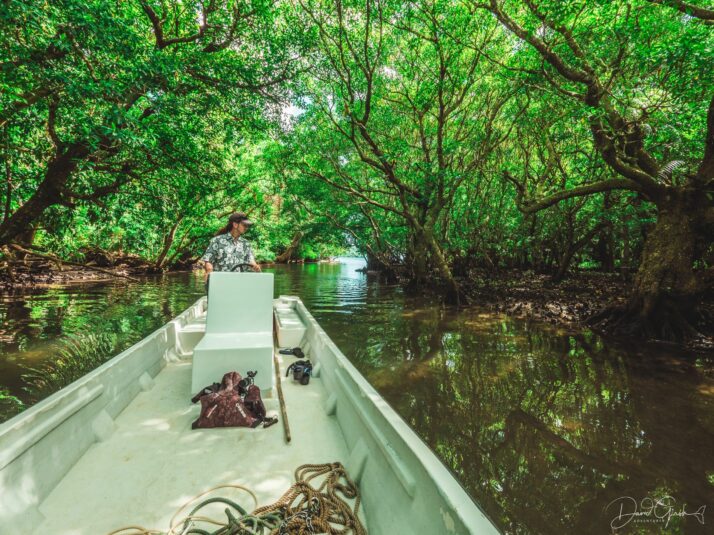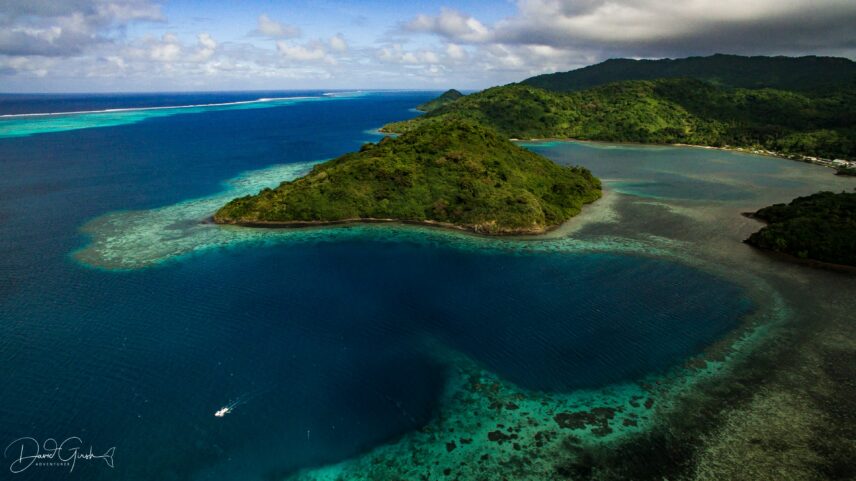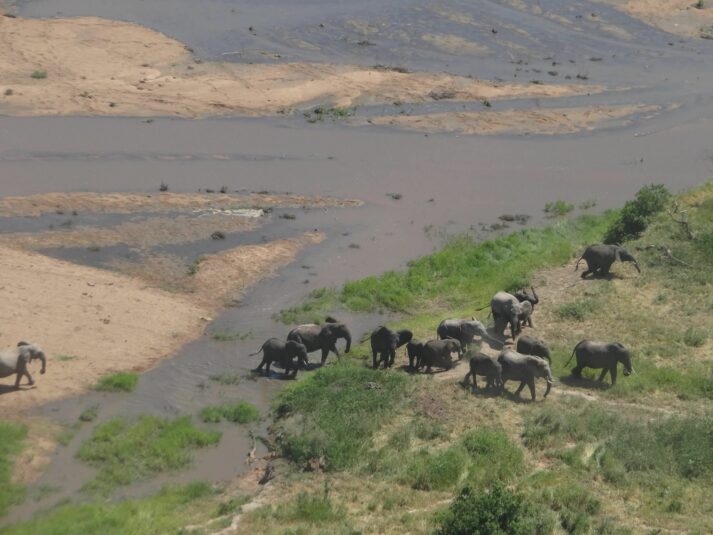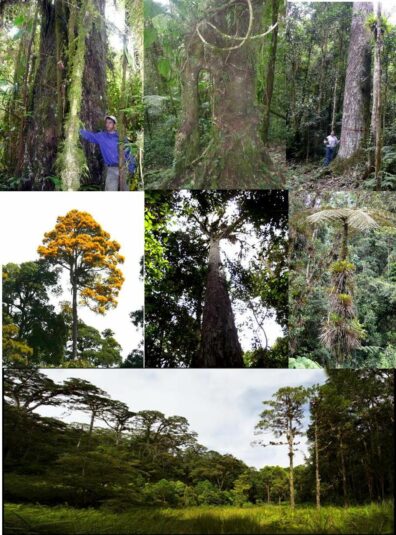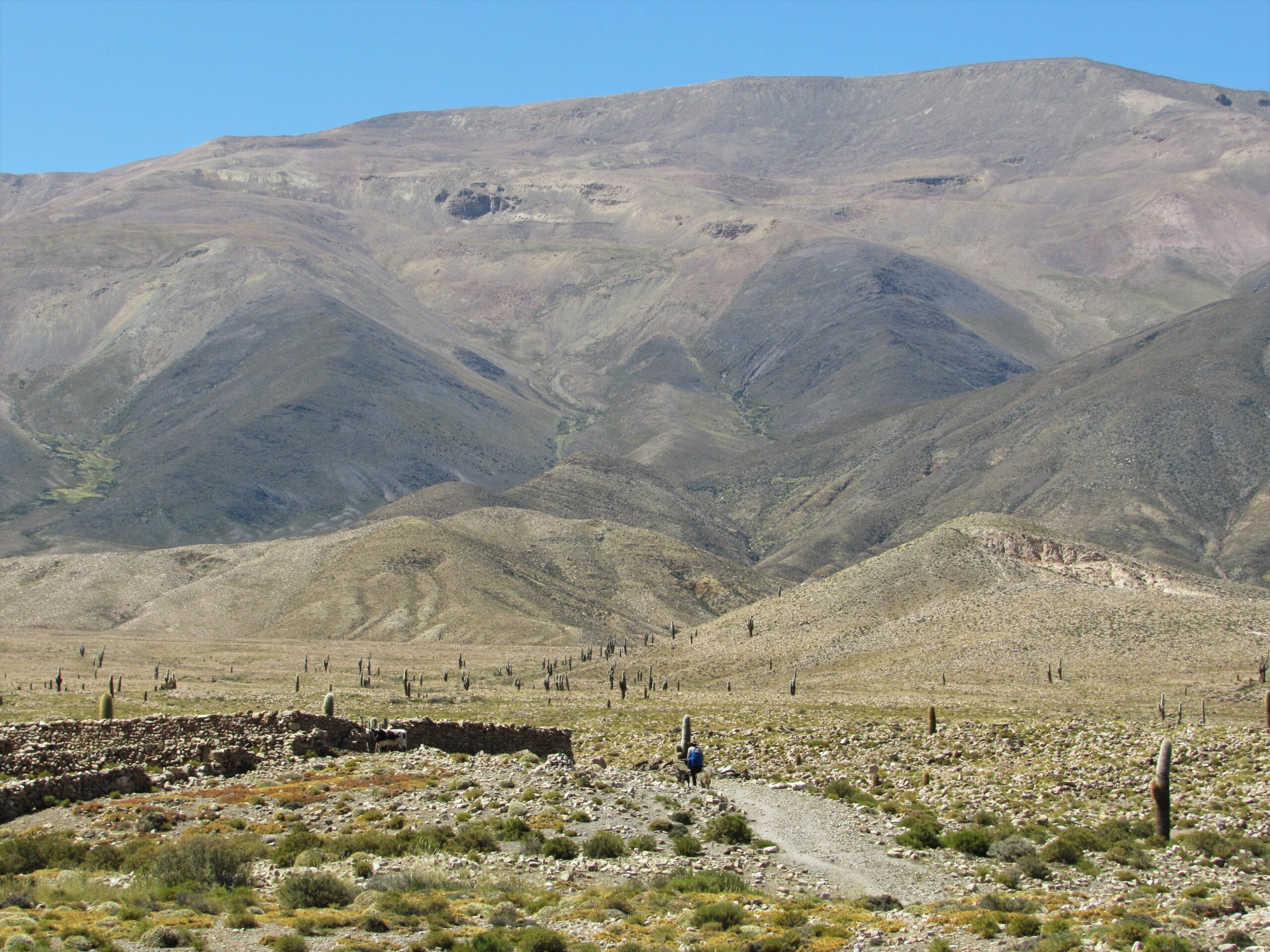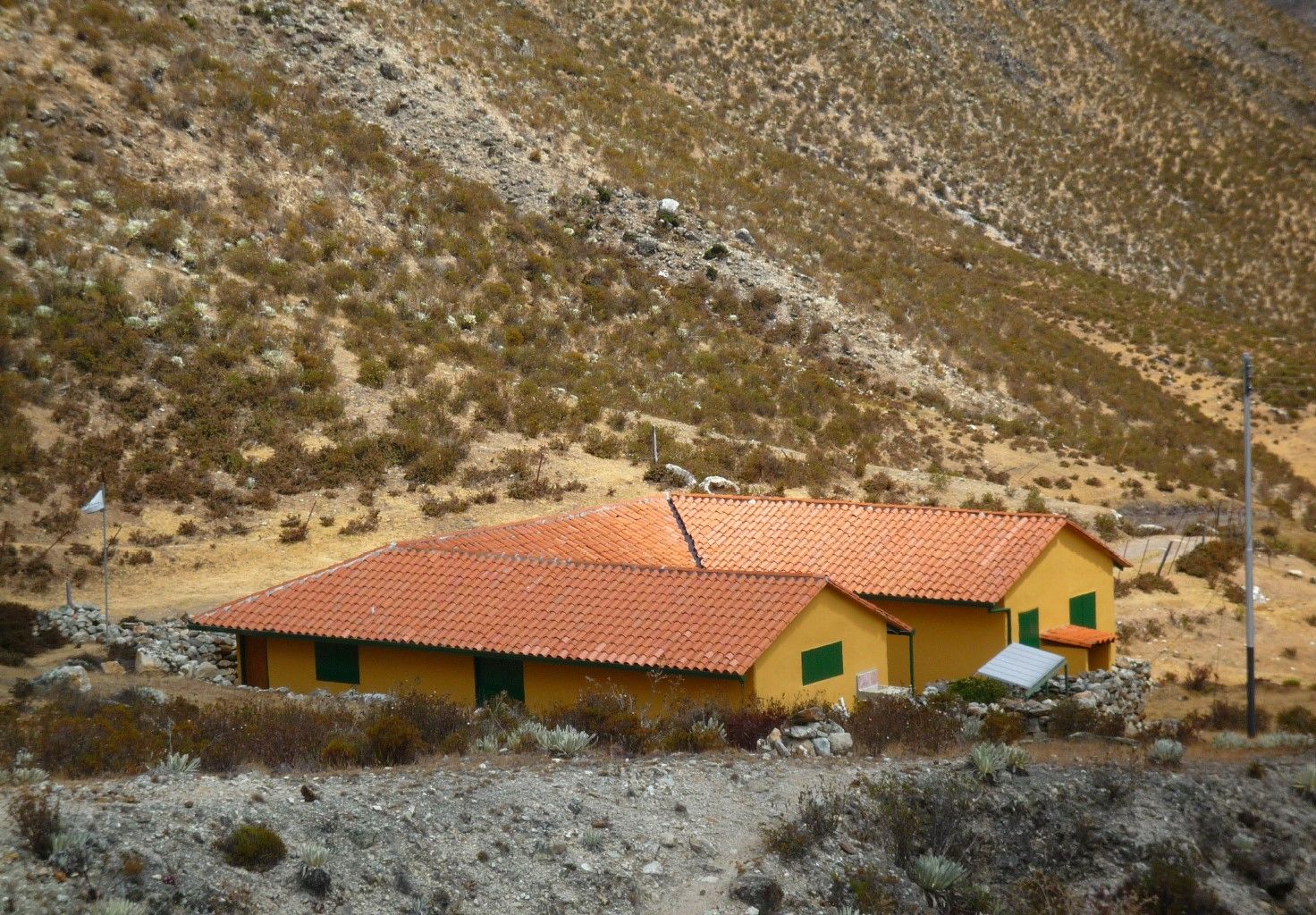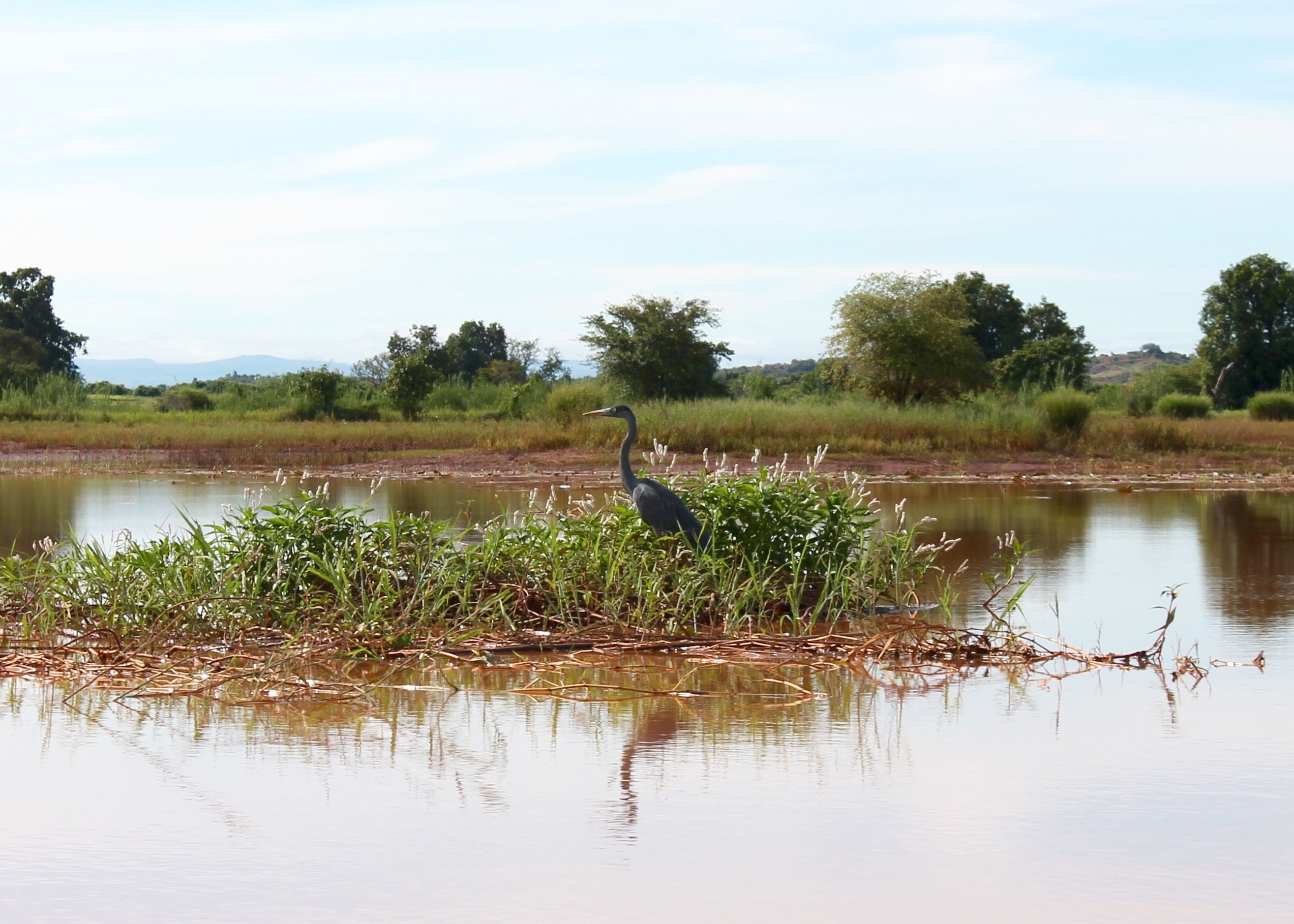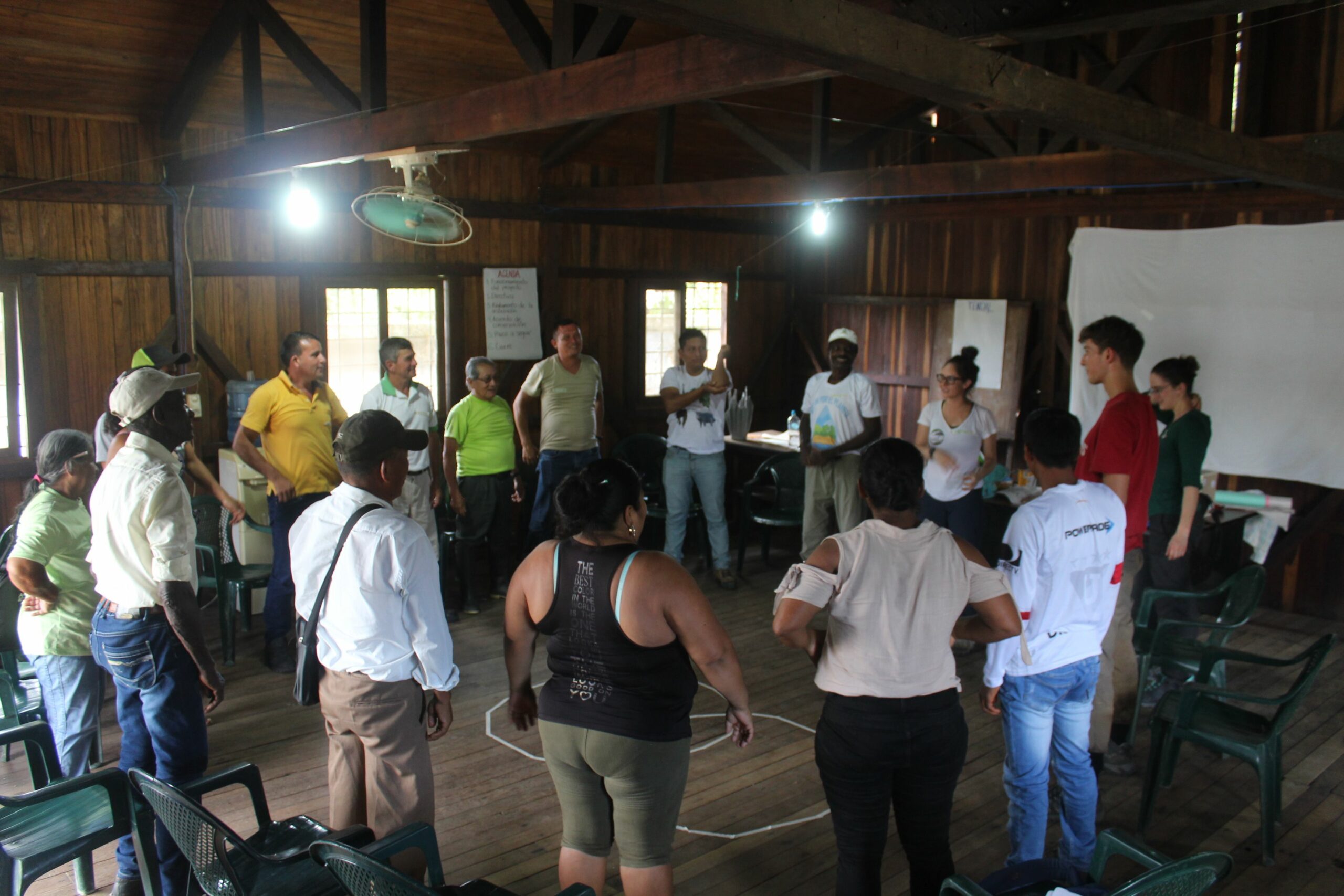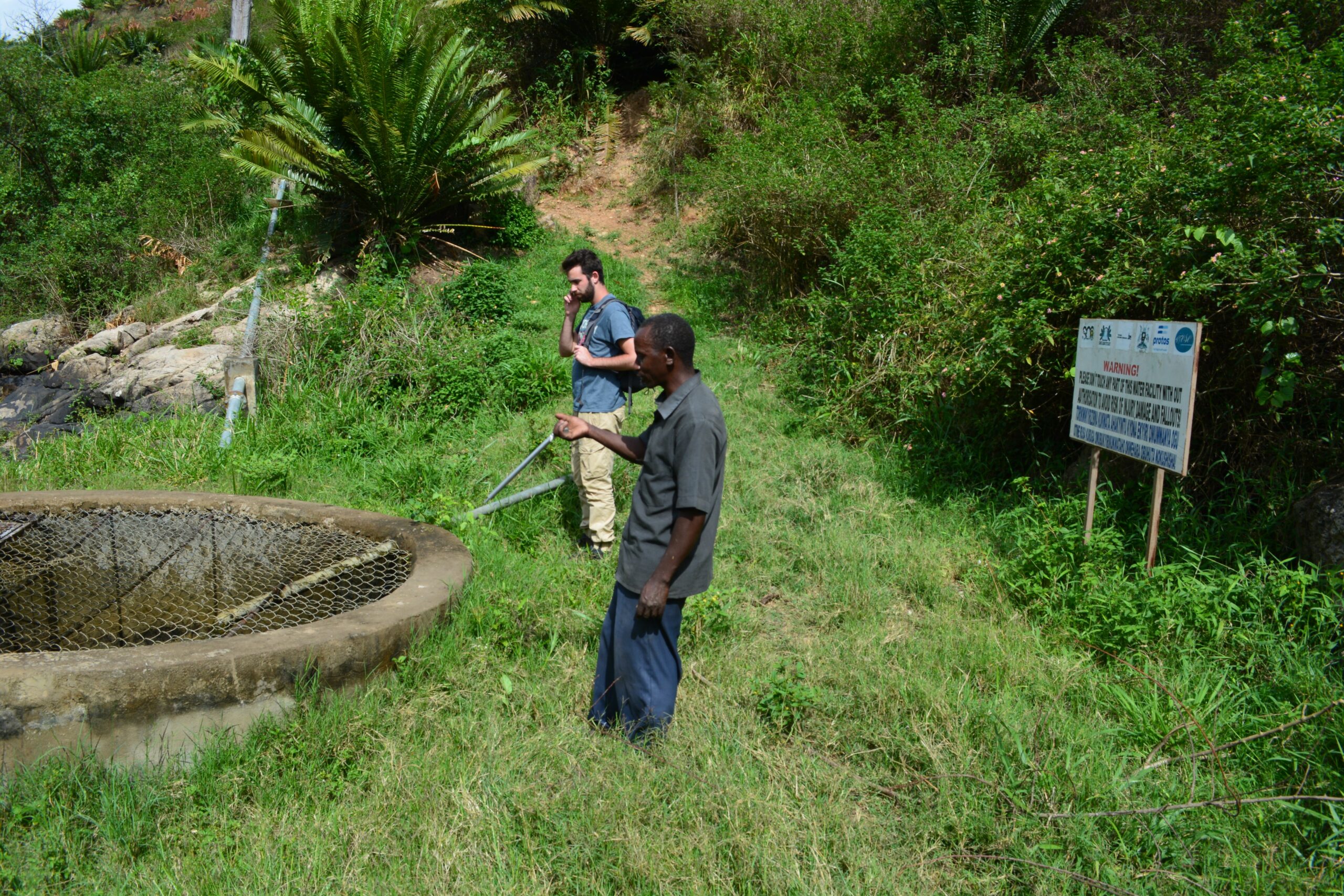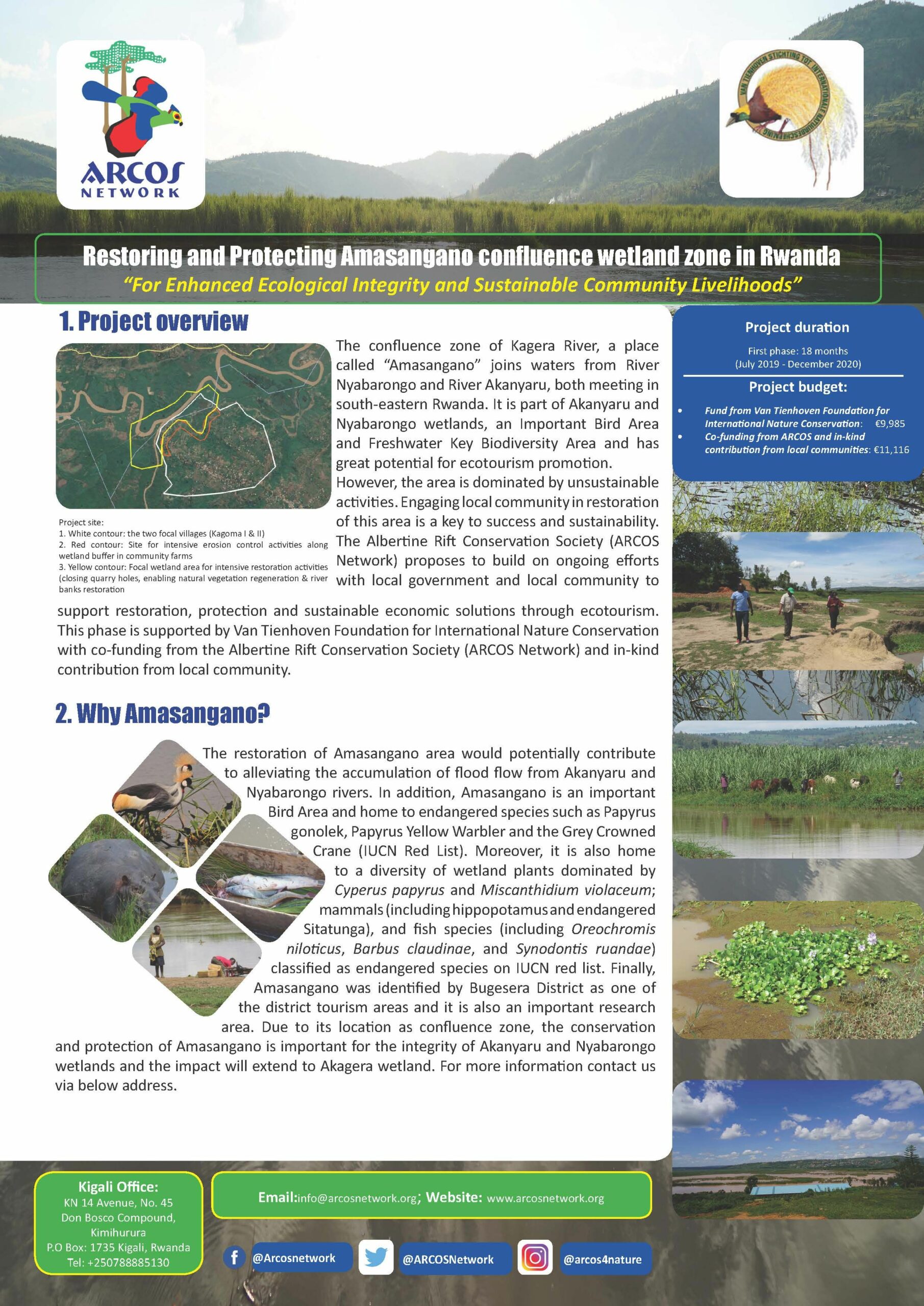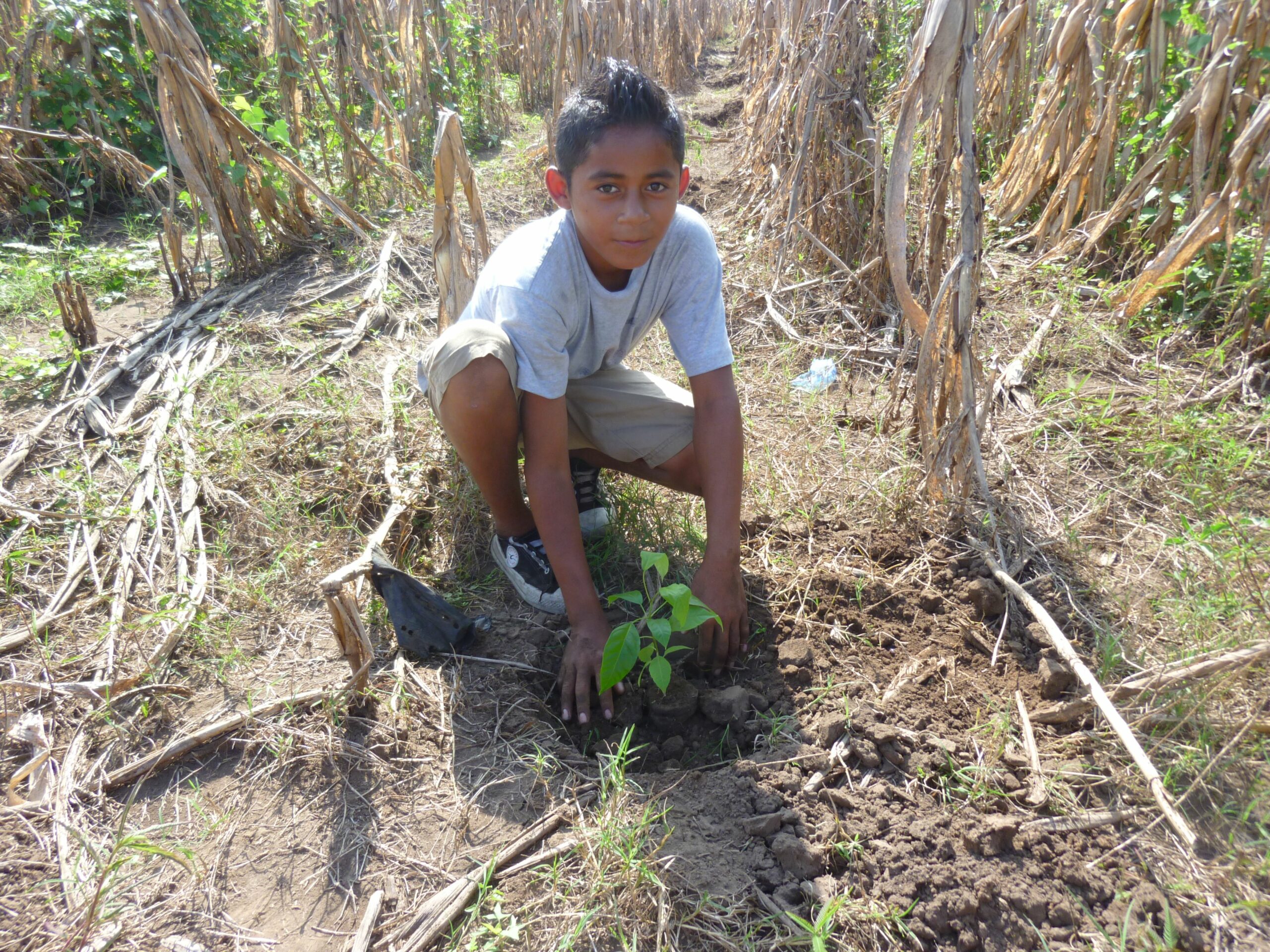Donate
Ecosystem protection
We regard ecosystems as crucial in enabling life on earth to thrive.
Key ecosystems, such as forests, coral reefs or wetlands, provide the living conditions for groups of species. These systems are under pressure, threatened and may require protection to prevent them from disappearing or deteriorating in a for living organisms less functional state.
Key ecosystems may support specific life forms. They may also harbor specific species or assemblages of species only known to occur in these systems. For a balance in the landscape, these ecosystems are essential in providing a variety in living conditions for organisms This includes human populations. Healthy functioning ecosystems provide services for life, such as clean water, food, shelter, and other essentials for livelihoods. Furthermore, ecosystems may have, other than systemic or functional value for life, also aesthetic, cultural, and historical value. Often, healthy systems have natural ways of mitigating the effects of natural extremes or disasters. Think about coastal protection from floods by mangrove forests, or avoidance of landslides and erosion in mountainous areas by forest and vegetation cover. However once disrupted, ecosystems may deteriorate or collapse entirely if the disruption reaches a certain threshold. Living conditions for species and human populations may not be efficiently supported in such cases.
Actions on preserving the existence and functioning of key ecosystems often require a different approach then the protection of (a single) species. Protection of key ecosystems or key biodiversity areas may be area bound, through for example protected area establishment. But in many cases protection has to take place outside formal protected areas. It may involve restoring part of a wetland, forest or coral reef. Or it may target the protection of groups of key species or life forms that constitute the key ecosystems, such as preventing illegal logging or removing fish gear to protect marine life. In some cases, it may involve regulating customary rights to sustainable use of ecosystem products. Safeguarding an ecosystem pays off for humanity, as well as for biodiversity itself. Not only from a conservation point of view, but also from a social and economic point. Providing the knowledge, advocacy and whatever is needed to stimulate protection or wise use can help ecosystems form being destroyed, conserving the biodiversity within, and the human population around it that depend on it.
The Van Tienhoven Foundation welcomes applications that are pragmatic in its approach to directly address the threats that impact the disruption of key ecosystems and biodiversity areas. This includes the protection of all living organisms and their living spaces and conditions. Understanding and sustainably mitigating the main causes of the threats through involving the key stakeholders in the solution is crucial.

